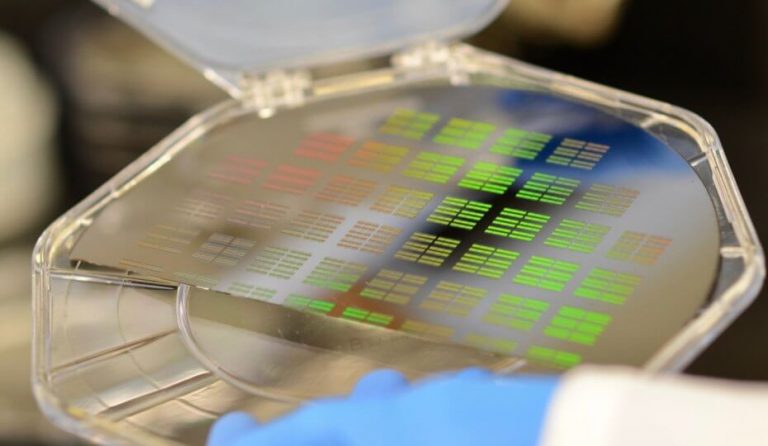
Image source: IBM.
Technology giant IBM is no stranger to making bold predictions about the future. That said, the company recently announced its latest predictions, which highlight five innovations that will have the biggest impact on our lives over the next five years. By the looks of it, we’re set to see huge developments in artificial intelligence (AI), smart sensors, ultra-powerful telescopes, and medical devices, with benefits ranging from healthcare and environment to better understanding Earth and the universe of information around us.
AI will open a window into mental health
IBM predicts that in five years, “What we say and write will be used as indicators of our mental health and physical well-being.”
For example, mental illness and disease such as Parkinson’s could be detected sooner with a mobile phone app, thanks to AI calculations being done in the cloud. The sooner these conditions are spotted, the better placed we are to treat them.
Though it might sound like a stretch to link speech cues to symptoms of disease, such experimental systems are already being developed. Last year, Science Alert reported on a team from the University of Southern California that built a program that could detect variations from normal speech patterns and identify signs of depression.
Superhero-like vision will be possible with AI and new devices
According to IBM, powerful, tiny cameras combined with the smarts of AI mean we’ll soon be able to literally see more than meets the eye by 2022.
In addition to visible light, we could see microwave, millimeter wave, and infrared images through devices small enough to fit in your pocket or clip onto a pair of glasses. Using this type of technology could allow you to instantly see whether food is safe to eat, and it could give self-driving vehicles the capacity to see through fog or rain more easily.
We’ll understand Earth’s complexity in detail thanks to “macroscopes”
Being able to see a bird’s-eye view of anywhere on Earth is somewhat taken for granted now, thanks to satellite imagery. But Google Earth is just the beginning.
IBM predicts that “macroscope” systems, which are like microscopes but at the other end of the scale, are going to combine “all of Earth’s complex data together” so we can analyze it from new perspectives.
With this type of technology, we’ll be able to gather more data from satellites, smart sensors, and weather stations with an easier way to organize and sort through it all.
But this super technology won’t just apply to natural processes on Earth and beyond. All sorts of devices, including our lights and fridges, can be studied using macroscopes of the future to predict everything from climate change trends to better ways of distributing food to communities around the world.
Labs-on-a-chip will revolutionize machinery
Computing technology has been shrinking, and it will continue to do so while becoming more powerful. According to IBM, this will largely benefit the medical industry. Imagine being at home, accurately diagnosing yourself at a low cost to catch and treat diseases earlier than ever.
“New medical labs-on-a-chip will serve as nanotechnology health detectives — tracing invisible clues in our bodily fluids and letting us know immediately if we have reason to see a doctor,” said IBM.
Basically, you’ll have a full biochemistry lab in the palm of your hand.
By 2022, your fitness band and sleep tracker could be feeding data to an AI system in the cloud, and with that information, you could access advice about how to improve your health while also remotely alerting your doctor to any warning signs of disease.
Smart sensors will quickly detect environmental pollution
IBM believes that the mix of smart hardware and AI analysis featured in its other predictions could also detect environmental pollution almost instantly. Similar to how a smart tracker could spot early signs of disease in the human body, smart sensors embedded in the ground or in drones could detect pollutants and emissions in real time without transferring samples back to a lab.
Methane leaks, which are invisible to the human eye, for example, could otherwise be detected. Smart sensors located along pipelines, in storage facilities, and near natural wells will also be able to sound the alarm on leaks quicker than ever before.
Such leaks could be “found in a matter of minutes instead of weeks,” said IBM. This would reduce pollution, waste, and the likelihood of catastrophic events.
Do you see these technologies being a major part of our lives by 2022? Leave a comment below.
Advertisement
Learn more about Electronic Products Magazine





